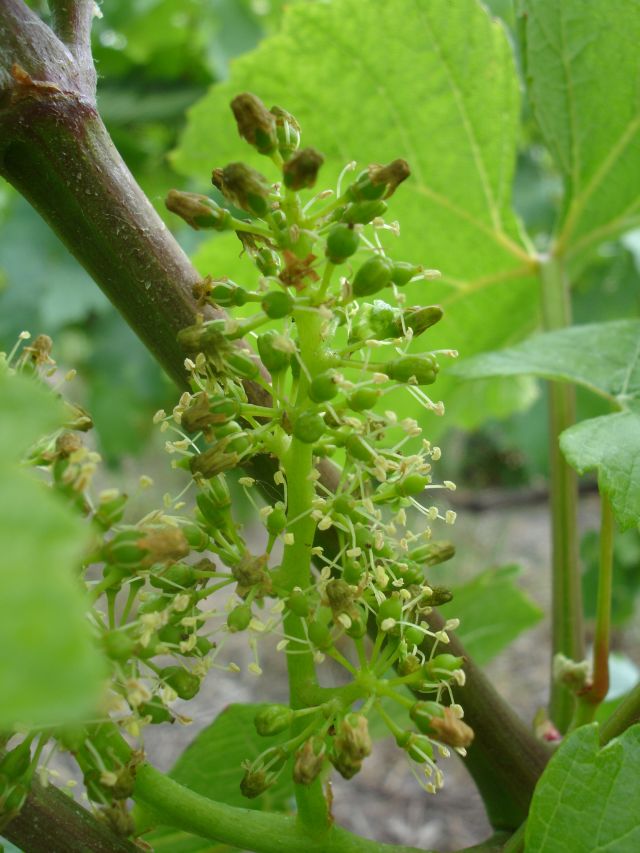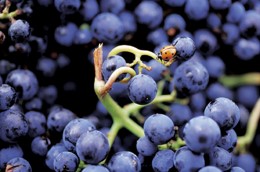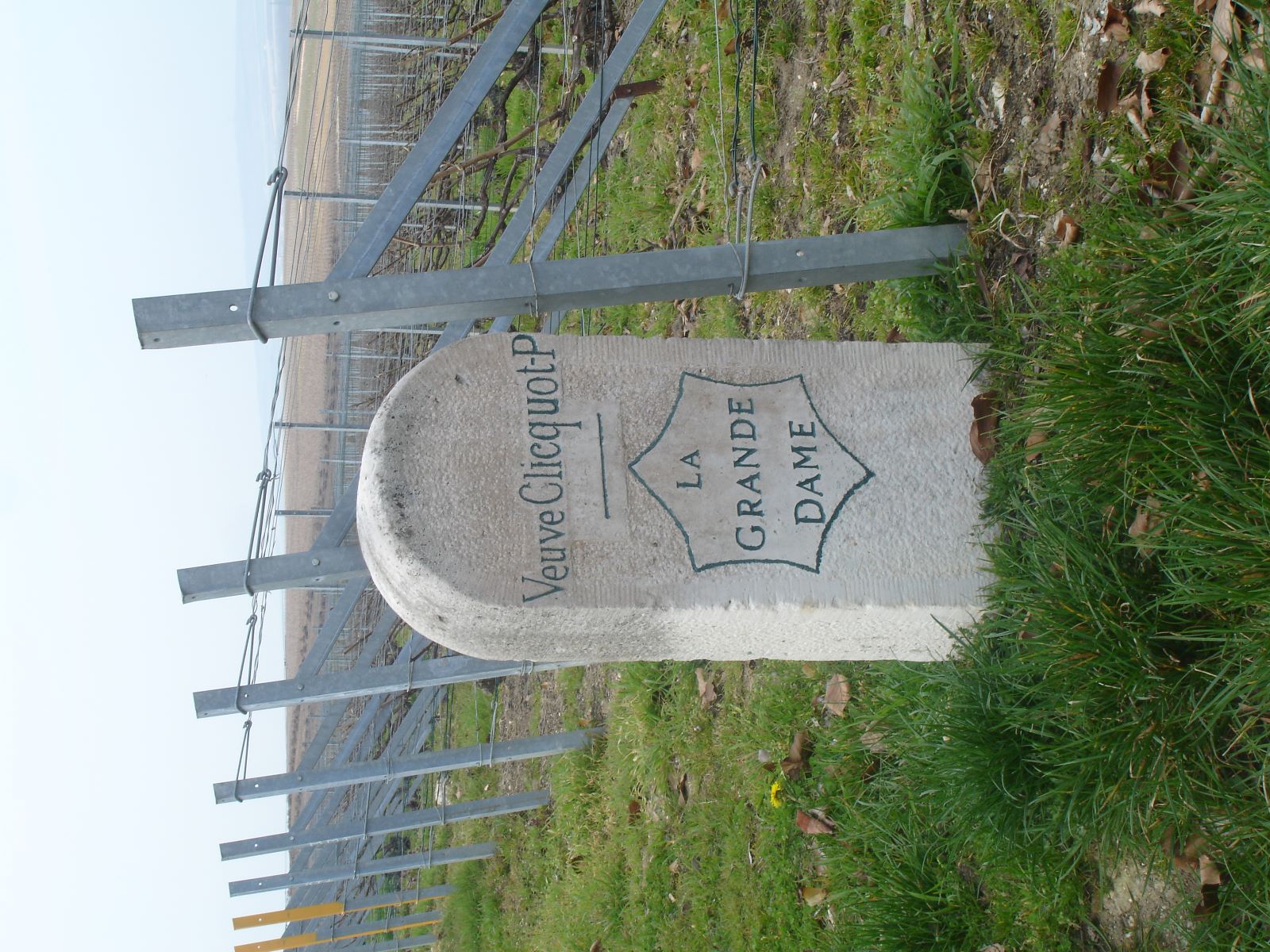CHAMPAGNE BULLETIN JUNE 2023
2023 - So Far So Good
 Regular readers of this bulletin will remember how often I have mentioned the shortage of stock that resulted from two small harvests in 2020 and 2021 coupled with a big increase in demand since the end of the worldwide health incident.
Regular readers of this bulletin will remember how often I have mentioned the shortage of stock that resulted from two small harvests in 2020 and 2021 coupled with a big increase in demand since the end of the worldwide health incident.
The large harvest in 2022 that will gradually bring more bottles onto the market from 2024 onwards, has gone some way to restore the balance between supply and demand but another generous harvest, or two, is needed before one can say things are back to ‘normal’.
It’s encouraging therefore to see that all the signs so far this year would suggest another significant harvest to come in a few months’ time.
Despite a few nights in early Spring when temperatures dropped below freezing point, the damage to the vines was neither widespread nor severe, Generally speaking, temperatures were a little below what we’ve experienced in the past few years and this meant that the budburst was a week or ten days later than might have been expected.
There was some strain on the vines because the winter period was unusually dry, but heavy rain from mid-March through to the end of April, when Champagne had twice the normal number of rainy days, provided a significant amount of water to re-hydrate the soil and fill the underground reserves.
Then right on cue, sunshine and warmer temperatures returned from about mid-May. This accelerated the development of the vines and brought things almost back on track.
Flowering took place between 5th and 15th June which was more or less on the dates expected, although there were the usual variations between different grape varieties: Chardonnay leading the way, followed by the Pinot Noir and finally the Meunier.
The date of flowering has always been a reliable indicator of the date of the harvest. Historically, it used to be that the harvest followed about 100 days after flowering. These days however, 90 days is considered to be more realistic and, on that basis, we should expect picking to start in mid-September.
A lot can happen in 90 days of course, but so far there have been no reports of significant outbreaks of disease and all looks set for exactly the type of generous harvest that is needed to bring stock back into balance with demand.
Having said that, there are some signs that demand is slowing down. Shipments over the past 5 months have dropped by 3.4% versus the previous year and that is a phenomenon seen across all the three regions that are usually monitored: France, European Union and The Rest of the World.
Over the past 12 months total shipments have fallen even more, by 5.2 %, and now stand at 322 million bottles.
Prices
 Whether or not that slight decline in demand continues and whether it has any dampening effect on the price of champagne remains to be seen, but right now that doesn’t seem to be the case; in fact the opposite is true because if we look at the figures for 2022 the total value of champagne shipped went up by 10.9% significantly more than the volume increase in that year which was just 1.5%
Whether or not that slight decline in demand continues and whether it has any dampening effect on the price of champagne remains to be seen, but right now that doesn’t seem to be the case; in fact the opposite is true because if we look at the figures for 2022 the total value of champagne shipped went up by 10.9% significantly more than the volume increase in that year which was just 1.5%
What’s driving the increase in price?
First is the price of vineyard land which we touched on in last month’s bulletin. After three years of modest falls in price, 2022 saw an average increase of 2.4% over the previous year.
To put that in more concrete terms, the average price in the Marne area was €1,159 million euros per hectare with the other two principal regions being not far behind: €897,000/hectare in the Aube and €840,100/hectare in the Aisne region.
But vineyards in Champagne have always been very expensive. What’s new is the increase in the cost of dry goods and the impact of higher interest rates which have started to have a significant impact over the past year.
The most obvious input into champagne making is the grapes themselves and 2022 saw an increase of 10% in the price of grapes versus 2021. That’s an average increase and the real change has varied from region to region according to the reputation and quality of the village / area in question.
Nevertheless, the average cost per kilo of grapes is now €7 / kg and when you consider that 1.2 kg are needed to make every bottle of champagne, that’s a considerable cost even before you have started to make the wine.
Other input costs have gone up too.
The price of glass bottles, for example has increased by as much as 40% year-on-year. The price of foils, corks and cardboard packing cases has also jumped, although to a lesser extent.
The increase in interest costs has also has a major impact on costs, particularly because the rules about ageing champagne mean that champagne makers are obliged to carry heavy stocks. The rule of thumb is that you need stock in the cellars equivalent to three years of sales.
The very biggest houses have tens of millions of bottles maturing in their cellars whilst a medium sized house with sales of 100,000 – 200,000 bottles will have between 300,000 and 600,000 in stock each on of which has to be financed and if you assume €10 as the cost of each bottle in the cellar, it’s easy to see that large sums of money are tied up in stock and when the interest rate doubles or trebles that adds a huge burden on a company’s finances.
How are champagne houses responding to these challenges?
 The obvious and simple answer is that they have responded by increasing prices.
The obvious and simple answer is that they have responded by increasing prices.
The increases on non-vintage cuvées have been a relatively restrained, but even on those wines champagne houses have been at pains to eliminate less profitable sales which is why sales to supermarkets are on the decline and why there are few, if any, promotions offered on champagne in those outlets.
Brands that have succeeded in establishing a strong demand for their prestige cuvées are seizing the chance to push prices up beyond what is needed just to cover the costs of production.
This strategy is referred to as premiumisation. It requires a great deal of confidence in the strength of the brand and a willingness to accept the loss of a certain percentage of customers who choose not to pay the higher prices.
To some extent the direction of travel towards premiumisation is the same for all brands whatever their size and their brand reputation and equally this is necessary, not just to maintain profit margins in an inflationary environment but also the ensure the future of champagne itself in the face of strong competition from many quarters. The variety, quality and price of other sparkling wines are constantly increasing and if champagne is to maintain its status as the world’s pre-eminent sparkling wine, it cannot be seen to be a cheap alternative – it is obliged to be the reference for both high quality and high price.
In short, don’t expect to find much cheap champagne available.
In the next month’s bulletin we’ll report again on the outlook for this year’s harvest and bring you more news of what’s going on behind the scenes in Champagne
All the best
